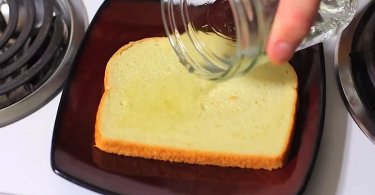Sunflowers have a rich history and are widely recognized as one of the most popular oilseed crops in Europe and North America. The cultivation of sunflowers dates back to the first millennium BC when humans first discovered this crop.
At that time, Native Americans utilized various parts of the wild sunflower for both medicinal and culinary purposes, while in other parts of the world, it was cultivated primarily for its decorative qualities.
Through continuous cultivation, sunflower has gradually become one of the world's most important oil crops
In 1860, the oil content of sunflower heads and seeds increased from 28% to 50% due to these new varieties. Subsequently, these improved varieties were reintroduced to the United States in 1893.
Over time, sunflower seed size has also increased significantly, expanding by 1,000% compared to wild sunflowers from 3,000 years ago.
Presently, sunflowers are grown on nearly every continent, with the European Union, Argentina, and the United States being the largest producers. However, in terms of sunflower seed production per hectare, France, Romania, and China take the lead.
In addition to their use as ornamental plants, sunflowers hold a significant place in modern agriculture. In the last fifty years, sunflowers have predominantly been cultivated as hybrids for the production of vegetable oil and biodiesel. They also serve as a food source for humans and birds.
The uses of sunflowers can be classified into two main categories: oilseeds and nuts.
Oilseeds:
Advertisements
1. Vegetable oil production
Approximately 70-80% of sunflowers cultivated by humans fall under this category. These varieties are characterized by their high oil content, typically ranging from 39% to 49%.
Sunflower oil is a widely used, high-quality vegetable oil in cooking due to its stability during frying, thanks to its high content of fatty acids. With its low saturated fatty acid content, sunflower oil is considered a relatively healthy cooking oil compared to others.
2. Biofuel production:
Sunflowers can also be grown and processed into a promising biofuel. However, the increasing cost of cultivating sunflowers has made it more challenging to utilize sunflower oil for this purpose.
Moreover, sunflower seeds can be utilized as feed for both birds and mammals.
Nuts:
This type of sunflower seed is shelled, striped, and larger, making them suitable as a snack for human consumption. These seeds can be enjoyed roasted or unshelled and are used in various food processing applications, like bread.
Other parts of the sunflower plant are utilized in the production of paints, resins, plastics, soaps, and numerous other industrial products. The seed hulls are used in the production of ethanol and furfural. The stems of sunflowers serve as a valuable source of fiber for the manufacturing of fabrics and paper. Roasted sunflower seeds can even be used as a coffee substitute.



